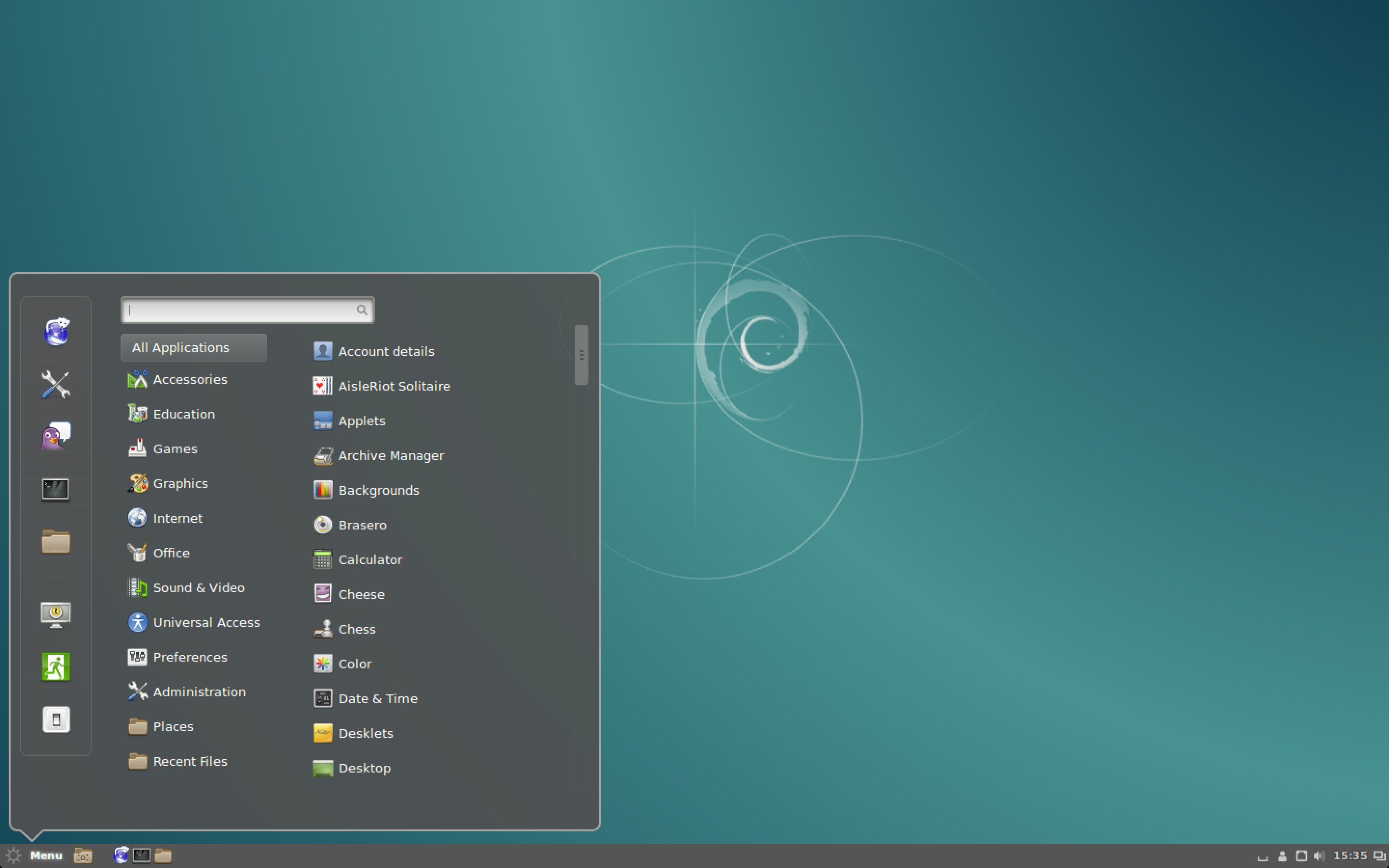
- #DEBIAN OR UBUNTU INSTALL#
- #DEBIAN OR UBUNTU UPDATE#
- #DEBIAN OR UBUNTU UPGRADE#
- #DEBIAN OR UBUNTU SOFTWARE#
Please use the service command for starting, stopping and restarting the UniFi Network application.
The UniFi Network application, when installed on Debian and Ubuntu, will not have a GUI since it's being run as a Service. If you receive an error stating the command is not understood in combination with the other options, users have reported that issuing the following two commands has fixed it: issue apt clean and hit enter, followed by apt-get update and enter. #DEBIAN OR UBUNTU UPDATE#
To fix this run the command the following way: apt-get update -allow-releaseinfo-change. A recent version of the apt-secure man page stated: " Since version 1.5 changes in the information contained in the Release file about the repository need to be confirmed before APT continues to apply updates from this repository", meaning that when performing an update from a major version to the next (for example 5.5.x to 5.6.x) the apt-get update will result in an error. The following affects APT versions 1.5 onward (Ubuntu 17.10 and Debian Sid or newer). The application will fail to start if you try to use these ports. This means that you cannot bind to privileged ports (<1024). Since UniFi Network version 5.6.x the UniFi service does not run as root. This is an external link for a tutorial on the subject. This could be anything from slow service start/restart to complete service failure. If you are installing in a VM or a headless server, you may encounter entropy issues. This Community post shares some scripts for the UniFi Network Application for any recent Ubuntu or Debian version. To see the status of UniFi service: sudo service unifi status. To restart the UniFi service: sudo service unifi restart. To stop the UniFi service: sudo service unifi stop. If it is not launching, use the following command: The UniFi Network application should now be accessible at the computer's configured local or public IP address, by typing that IP address in a browser's navigation bar (Chrome is recommended). Some users have changed the backend to use MongoDB 3 successfully too. You can find the latest installation guide for Ubuntu here, and Debian here. If your distro does not come with MongoDB, and it's not available in their repo, then please see the MongoDB installation guide. 
This step may not be required, depending on the Linux distro you have.
#DEBIAN OR UBUNTU INSTALL#
Sudo apt-get update & sudo apt-get install unifi -y
#DEBIAN OR UBUNTU UPGRADE#
Install and upgrade the UniFi Network application with the following command:. If you wish to undo this later, replace "hold" with "unhold". We recommend running the following command before proceeding with this step, to restrict Ubuntu from automatically installing Java 11. On some Distributions, it's possible an incompatible Java release can be installed during this step. Install and upgrade the UniFi Network application. See an example of what scripts the Community is using to install the UniFi Network Application on any Ubuntu or Debian-based system in this Community post. For Ubuntu 18.04, run the following commands before installing UniFi in step 4.Įcho "deb xenial/mongodb-org/3.4 multiverse" | sudo tee /etc/apt//mongodb-org-3.4.list. More information about sudo can be found here, and wget here. When using the commands above, it is assumed you have sudo and wget installed. 
Sudo apt-key adv -keyserver -recv 06E85760C0A52C50
 Install the following trusted key into /etc/apt/ sudo wget -O /etc/apt//unifi-repo.gpg. Use the following command to add a new source list:Įcho 'deb stable ubiquiti' | sudo tee /etc/apt//100-ubnt-unifi.list. Sudo apt-get update & sudo apt-get install ca-certificates apt-transport-https Install required packages before you begin with the following command:. For more information about adding a user to sudo list, see this Debian article. You will need to make sure that the user has sudo permissions.
Install the following trusted key into /etc/apt/ sudo wget -O /etc/apt//unifi-repo.gpg. Use the following command to add a new source list:Įcho 'deb stable ubiquiti' | sudo tee /etc/apt//100-ubnt-unifi.list. Sudo apt-get update & sudo apt-get install ca-certificates apt-transport-https Install required packages before you begin with the following command:. For more information about adding a user to sudo list, see this Debian article. You will need to make sure that the user has sudo permissions. #DEBIAN OR UBUNTU SOFTWARE#
The repo structure should be permanent, but if there are any changes they will be pointed out in the UniFi Network software version release posts, found in the Release section of the Community.īefore upgrading the UniFi Network application, make sure that you have backed up the UniFi Network Database. In order to update the UniFi Network application via APT, it is necessary to create source files or edit lines in an existing sources.list file with Linux text editors: vi or nano. If you run into issues following the process described in this article, please take a look at the scripts provided here. This article provides the steps to update the UniFi Network application to the current stable release on a Debian or Ubuntu system via APT (Advanced Package Tool).







 0 kommentar(er)
0 kommentar(er)
